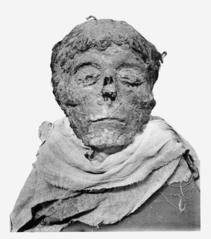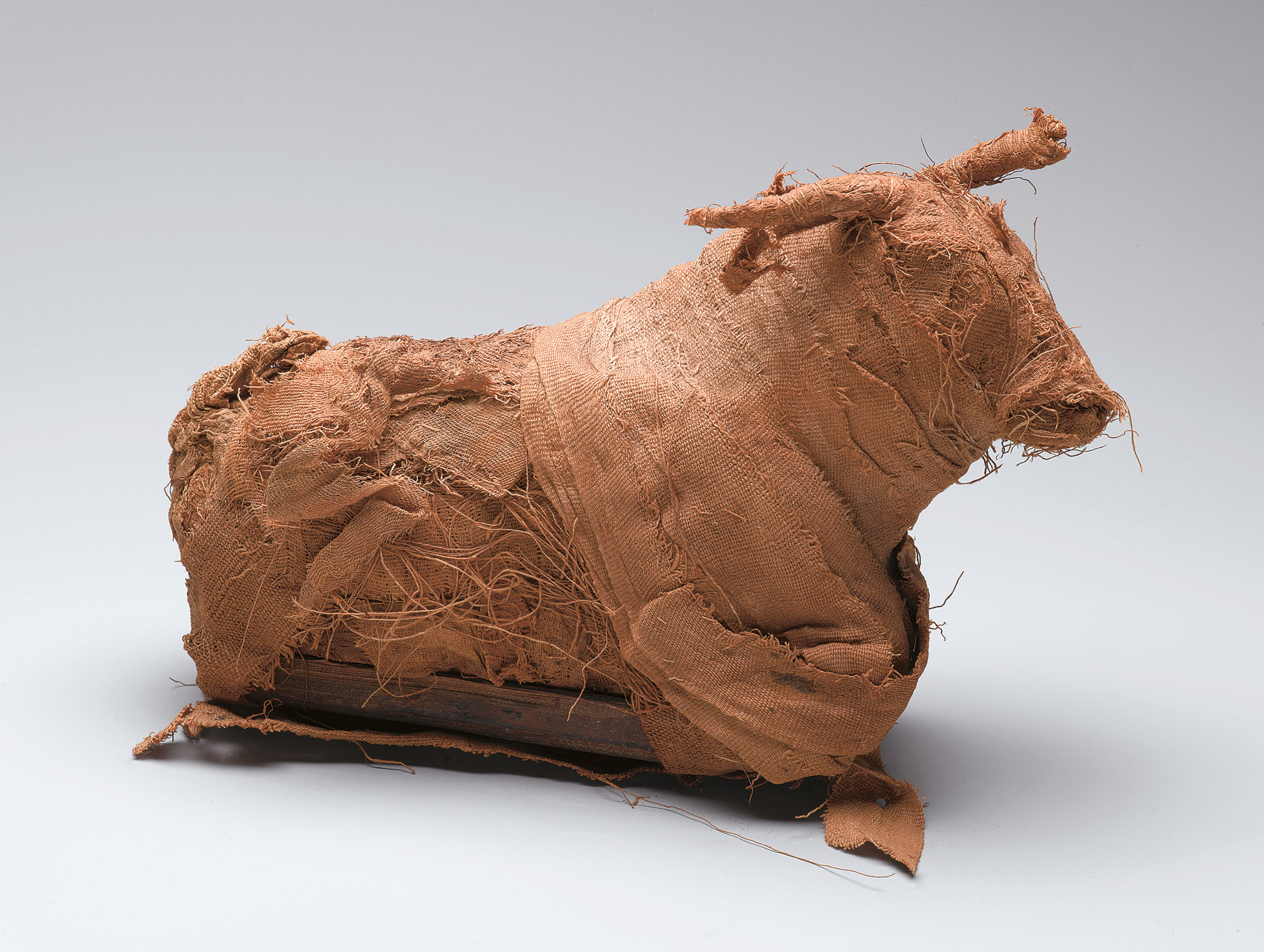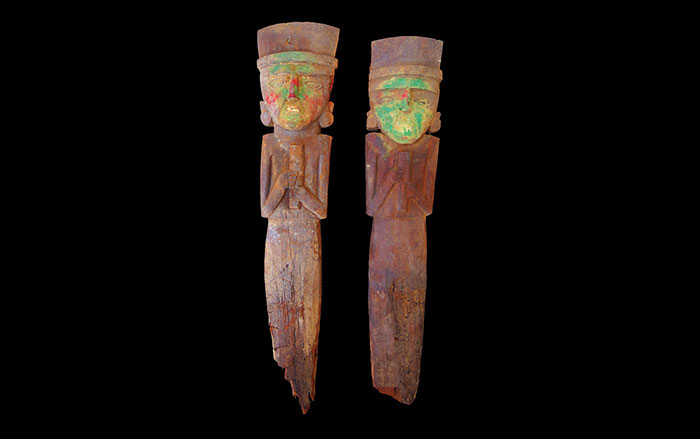
CHICAGO, ILLINOIS—A new translation of the 3,500-year-old Tempest Stela, a six-foot-tall calcite block inscribed with a description of stormy weather, may push back the reign of Ahmose, the first New Kingdom pharaoh, closer to the time of the eruption of the Thera volcano. “This was clearly a major storm, and different from the kinds of heavy rains that Egypt periodically receives,” Robert Ritner of the University of Chicago’s Oriental Institute told Phys.org. The timing suggested by the new translation corresponds with radiocarbon dates of an olive tree that had been found buried under volcanic residue, and would help to explain the rise and fall of empires in the ancient Middle East. “This is important to scholars of the ancient Near East and eastern Mediterranean, generally because the chronology that archaeologists use is based on the lists of Egyptian pharaohs, and this new information could adjust those dates,” added co-author Nadine Moeller, who is also from the University of Chicago.










